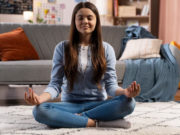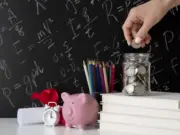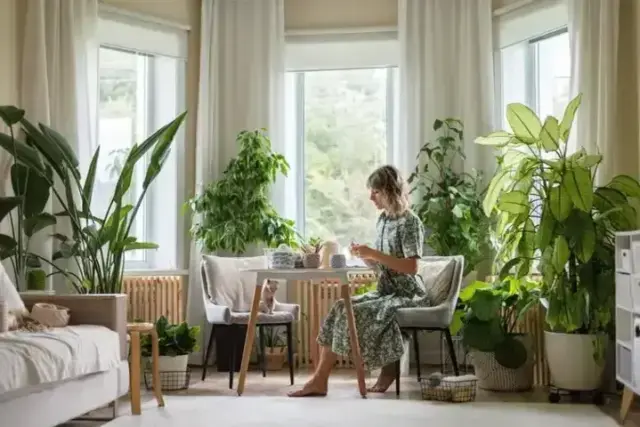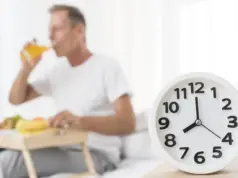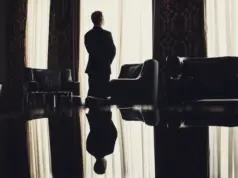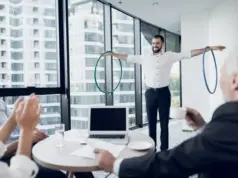Minimalist living is not about owning nothing or depriving yourself of comfort. It is about creating space for what truly matters by letting go of what does not serve you. Both your physical surroundings and your inner world can feel heavy when they are filled with unnecessary clutter. Choosing minimalism allows you to clear away the excess and find a sense of freedom and clarity.
Start with Your Home
The easiest way to begin practicing minimalism is through your physical environment. Every home contains items that are rarely used, forgotten, or no longer meaningful. These objects take up space, collect dust, and create mental noise even when you do not notice them directly.
Begin with one area at a time. It might be a drawer, a shelf, or a single corner of a room. Ask yourself whether each item adds value to your life. If it does not, let it go. By moving gradually and mindfully, you avoid overwhelming yourself and can appreciate the calm that comes with each cleared space.
Organizing is different from decluttering. Storing things neatly may make your space look better, but it does not reduce the load. True minimalism involves questioning what is necessary, not simply hiding things away.
Create Breathing Space
As your home becomes lighter, you start to notice how much more peaceful it feels. Empty surfaces, open spaces, and fewer possessions allow your environment to breathe. Instead of being surrounded by distractions, you are surrounded by calm. This sense of openness gives your mind the same opportunity to rest and reset.
Minimalism is not about living in a bare, lifeless space. You can still keep objects that bring joy, beauty, or comfort. The difference is that everything has a purpose. Each possession earns its place and serves you in some way, whether it is practical or emotional.
Declutter Your Mind
Just as belongings fill your home, thoughts fill your mind. Worries about the future, regrets from the past, or constant distractions can weigh you down. Practicing mental minimalism means noticing these patterns and gently letting go of what is unnecessary.
One way to do this is through journaling. Writing down your thoughts clears them from your head and allows you to see them more clearly. Another way is through mindfulness, where you simply observe your thoughts without judgment. In both cases, you learn to recognize which thoughts are helpful and which ones are clutter.
Simplifying your schedule is also part of mental minimalism. Too many commitments can leave you drained and distracted. By saying no to what does not align with your priorities, you protect your energy and focus on what truly matters.
Living with Intention
At its heart, minimalist living is about intention. When you remove the excess from your home and mind, you create room for meaningful experiences, deeper connections, and personal growth. Life becomes less about chasing more and more about appreciating what you already have.
Minimalism is not a destination but a continuous process. Each step you take toward simplicity brings a little more clarity, peace, and balance. By decluttering your home and mind, you give yourself the gift of living with freedom and purpose.


















